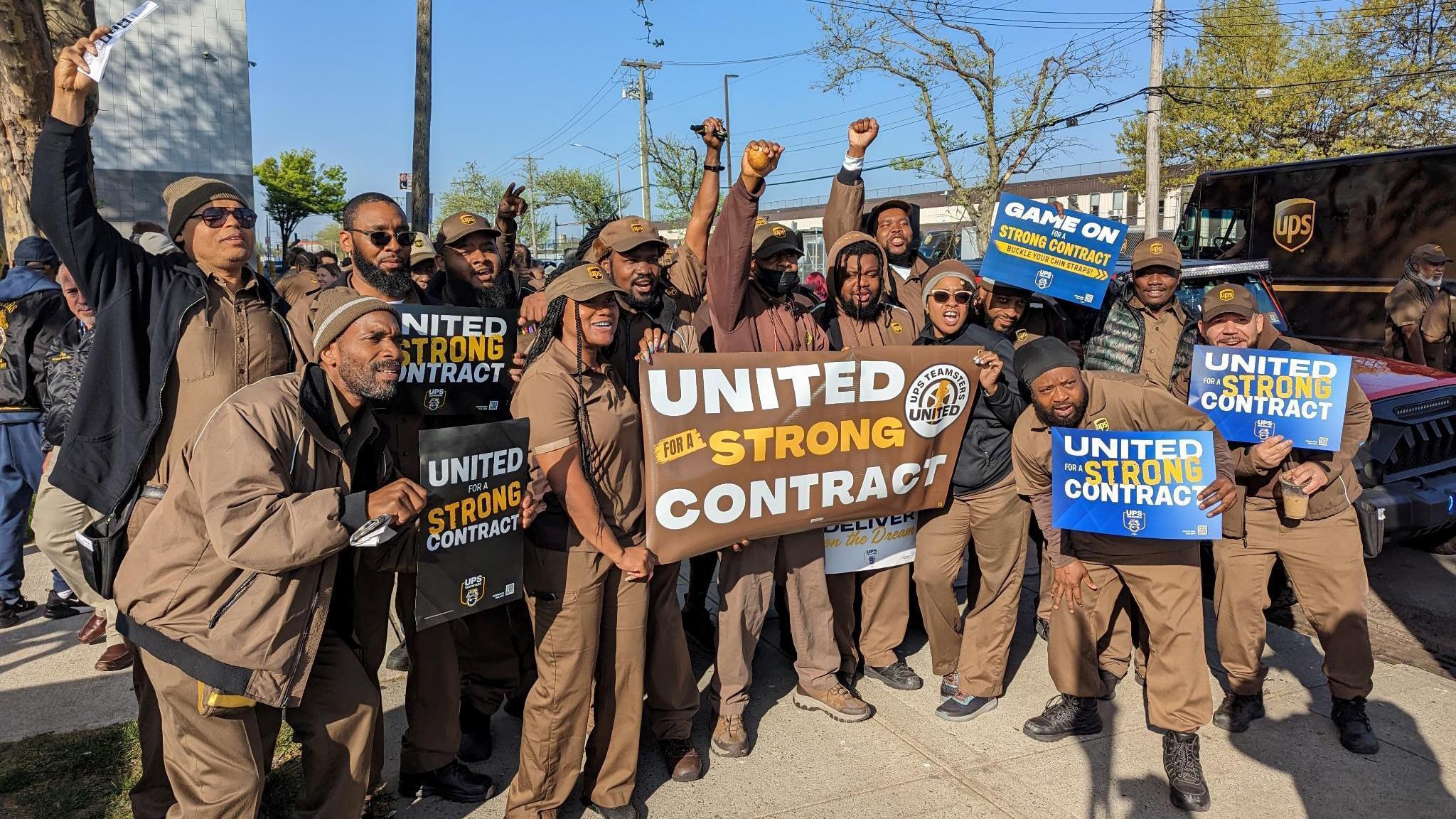
The UPS Strike has been making headlines lately, causing chaos and disruption for businesses and consumers alike. As one of the largest delivery companies in the world, UPS plays an integral role in the economy and supply chain, so any disruptions caused by the strike have major implications. Whether you're a business owner relying on UPS for your shipping needs or a consumer expecting a package, understanding the latest developments and impacts of the strike is crucial.
In this blog post, we will provide an overview of the UPS Strike, including the latest developments and impacts. We'll also take a deeper dive into the root causes and issues at stake behind the scenes of the strike. Finally, we'll discuss the key takeaways and future outlook for the UPS Strike, so you can stay up-to-date and informed on this developing situation. So, let's dive in and learn more about the UPS Strike.
Overview of the UPS Strike: Understanding the Latest Developments and Impacts
The UPS Strike, which started on August 4th, 2021, witnessed over 20,000 UPS employees in the United States go on strike for better working conditions and wages. The ongoing strike has severely impacted the delivery services of the company, causing delays in package deliveries across the country.
The UPS workers are demanding that the company address several longstanding issues, including unhealthy work hours, discriminatory practices, lack of job security, and low wages. The strike has already led to a backlog of parcels across the UPS network, causing substantial delays in the delivery of essential goods. With many businesses relying heavily on the UPS delivery network, the strike has had far-reaching consequences, affecting not only the company but the customers as well. As negotiations continue between the company and the union representatives, the future of the UPS strike remains uncertain. However, it is evident that the current stalemate has massive ramifications for the future of the company and its employees.
Behind the Scenes of the UPS Strike: The Root Causes and Issues at Stake
The UPS Strike, one of the largest work stoppages in the US, began following the expiration of the collective bargaining agreement between UPS and the International Brotherhood of Teamsters. Several issues prompted this strike, including low starting wages, the use of part-time workers, and the increase in the workload of package handlers due to the growing demand for e-commerce shipments.
One of the critical issues that started this strike was the need for full-time employment status. UPS has been hiring more part-time employees, which has led to criticisms of unfair wages and unmanageable workloads. The company's move towards full-time employment contracts and the hiring of more employees would result in a reduction in the workload for the existing package handlers and a more reliable service for the e-commerce consumers. The Teamsters union highlighted this issue, and it became a critical point of contention in the negotiations.
Key Takeaways from the UPS Strike
The UPS strike has significant implications for businesses and customers alike. The strike has resulted in disrupted shipments, delayed deliveries, and increased shipping costs. As a result, many businesses have been left wondering how to navigate these challenges and minimize the impact on their operations.
One key takeaway from the UPS strike is the importance of contingency planning. Businesses need to be prepared to adapt to unforeseen circumstances and have alternative options in place to mitigate the impact of disruptions on their supply chains. This could include exploring alternative shipping providers, reevaluating inventory management strategies, and exploring new shipping routes. It's also important for businesses to stay up-to-date on the latest developments and take proactive steps to ensure they can navigate future disruptions, whether caused by strikes, natural disasters, or other factors. By doing so, businesses can minimize the impact of disruptions on their operations and maintain continuity in the face of unexpected challenges.